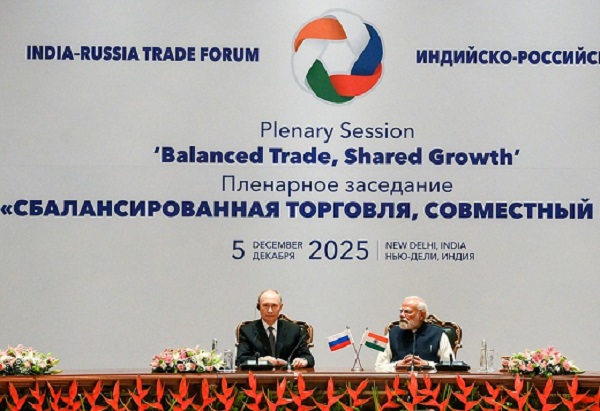.png)

Krishnadevan is Consulting Editor at BasisPoint Insight. He has worked in the equity markets, and been a journalist at ET, AFX News, Reuters TV and Cogencis.
September 4, 2025 at 2:03 PM IST
India’s announcement of sweeping Goods and Services Tax rate cuts is the most audacious piece of economic reform since the tax’s rollout, delivering massive stimulus to households while keeping the fiscal hit to a manageable ₹480 billion. The exercise conveys that the government has factored in multiplier effects, hoping this costly fiscal experiment becomes a consumption catalyst.
Scheduled for September 22, the timing coincides with India’s festive season, when consumption typically peaks. But with much of the demand front‑loaded before the season, the economy may not see the full immediate thrust. Still, the revenue impact represents less than 0.2% of GDP annually, a manageable cost.
Sectoral Impact
The automotive sector also receives a powerful demand injection. Motorcycles under 350cc drop from 28% to 18%, small cars from as high as 31% to 18%, and tractors from 12% to 5%. Analysts suggest 7–10% GST cuts could lead to 6–8% on-road price drops, historically enough to unleash significant volume growth in India’s price‑sensitive market.
Perhaps the most unexpected beneficiary is cement. A reduction from 28% to 18% creates both volume upside and pricing flexibility, stimulating residential and infrastructure demand and amplifying profits through high operating leverage, where a 1% price benefit can yield 4–5% profit growth.
Digital services, however, face fresh friction. An 18% levy on online delivery services adds about ₹2 per Zomato order and ₹2.6 for Swiggy. An ironic outcome where tax is cut on food but raised on delivery.
Equity markets have already priced in the promise, with Maruti Suzuki in automobiles and Britannia and Colgate in staples each rising over 10% since the August 15 announcement. Investors are betting that consumption recovery will follow, especially amid sluggish 9.2% nominal consumption growth.
NBFCs face a different twist as price deflation may curb loan disbursement growth in the short term, while auto lenders see loan-to-value ratios adjust unfavourably.
Yet, while consumer clarity rises, the system still retains price-based classifications—₹2,500 thresholds for apparel, differentiated footwear rates, and the new 40% bracket that will bring definitional disputes.
Challenges
Execution risks loom. The compressed transition forces businesses to recalibrate pricing, update compliance, and retrain staff at speed. Working capital pressures from mixed GST rates on inventories add to the short-term strain, risking festive-season disruption.
The test begins September 22. Festive sales data will be the first reality check on whether this bold bet translates into volumes. If successful, this GST reset could revive consumption momentum, and mark a turning point in India’s post-pandemic economic trajectory.




